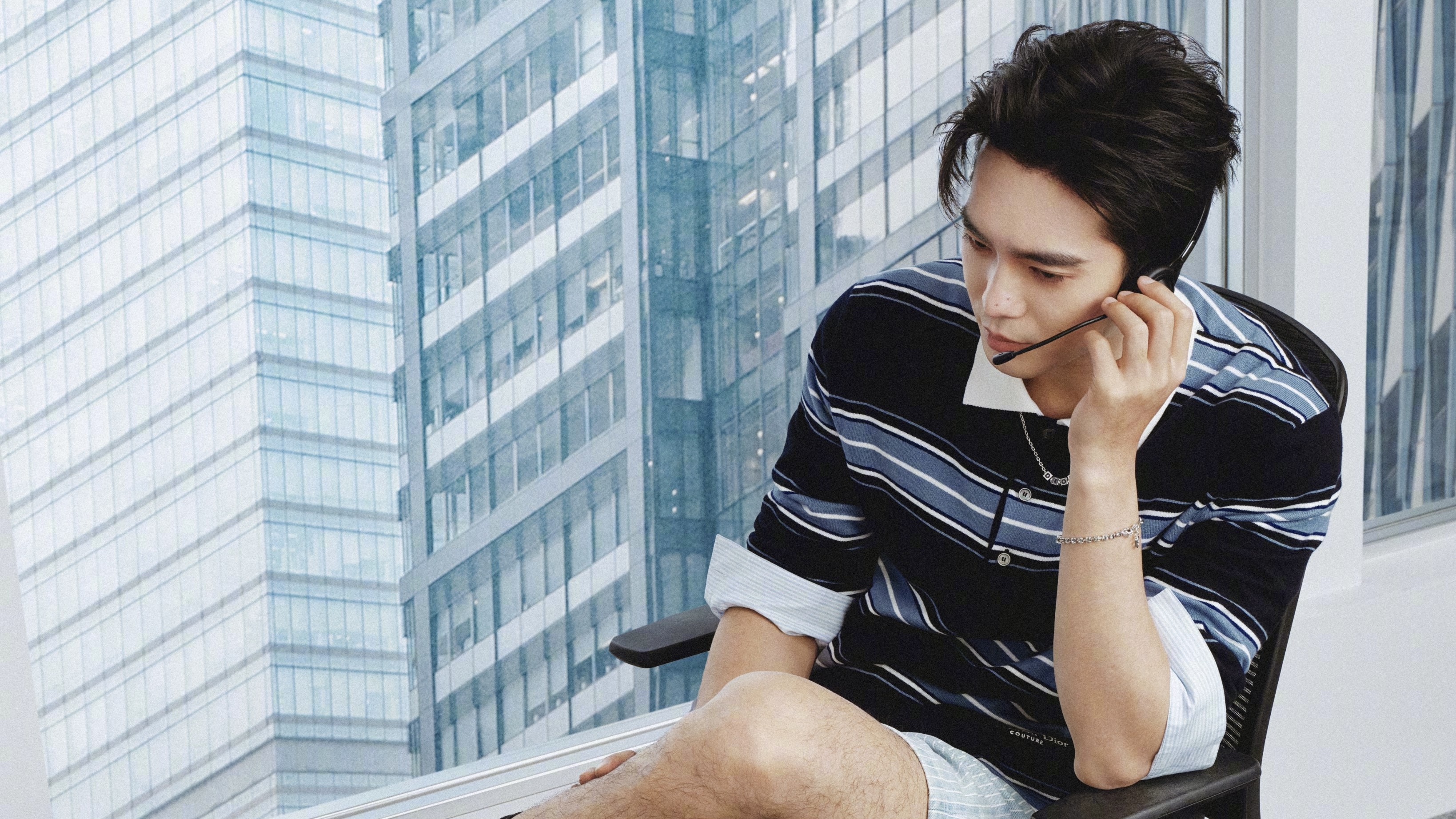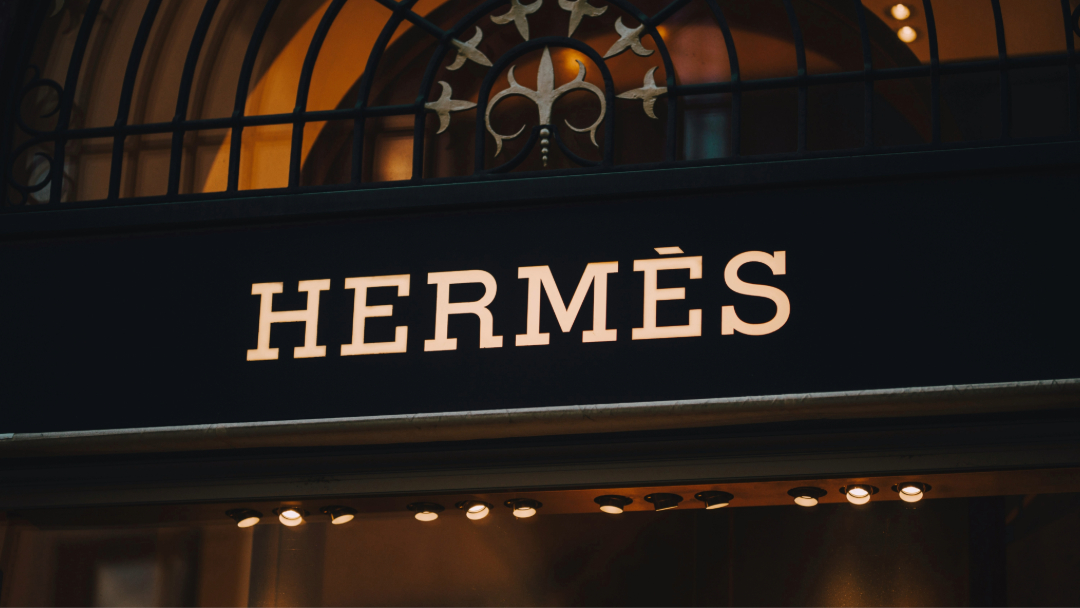Digital Luxury Group, share the key insights from its recently launched Luxury Footwear report, analysing consumers’ search intentions & brands’ social media presence

Digital Luxury Group, share the key insights from its recently launched Luxury Footwear report, analysing consumers’ search intentions & brands’ social media presence
Digital Luxury Group, share the key insights from its recently launched Luxury Footwear report, analysing consumers’ search intentions & brands’ social media presence
Luxury footwear is far from a recent phenomenon, but with the reasonably recent launch of dedicated shoe brands like Jimmy Choo and Christian Louboutin, the category has played far more a significant role in the greater industry, than it ever had before. In 2011 its significance was somewhat cemented, when three of the world’s most iconic retailers – in three distinct parts of the world – launched three of the largest and most opulent, commerce enabled footwear shrines in the world.
In London, Harrods opened doors on its Shoe Salon, a 1,400sqm space housing over 80 brands and a total of around 3500 shoes at any given time. Interior designers, Shed of London, commissioned George Smith to produce one-off pieces of furniture in bold prints and hand made Chinoise embroidery to compliment sorbet coloured marbles, solid brass fixtures, conical chandeliers and lacewood veneers.
Not to be outdone by the Brits, Saks Fifth Avenue announced plans for a revamped footwear offering – entitled 10022-SHOE – in light of the fact that the United States Post Office had granted the enormous eighth-floor space its own zip code. Most recently, Lane Crawford unveiled The Shoe Library in Hong Kong, spanning 2,300sqm, with over 200 brands adorning the walls of six distinct zones. The space was conceptualised by designer Andre Fu, with floors finished in Romano marble and covered with elaborate rugs Tai Ping Carpets.
What was once a means of getting from A to B – albeit in a stylish and comfortable manner – has become one of the most dominant streams of revenue in the luxury goods and accessories industry. As you will see in the below findings of Digital Luxury Group’s research, the desire for luxury footwear from consumers is often so strong that they will seek out categories from luxury brands that haven’t been made yet, or search and discuss brands online that don’t even have a website.
Conducting the Report…
Digital Luxury Group (DLG) relies on proven methodologies and proprietary software to analyse the online behaviour and interests of luxury brands’ clientele. Since 2004, DLG has been publishing the WorldWatchReport™, which has, over the years, become a baseline market study for the watchmaking industry.
Using the same tools as for the WorldWatchReport, DLG is now expanding its scope of analysis beyond the luxury watchmaking industry, starting with the luxury shoe industry. The decision to analyse the shoe industry was taken based on the finding that the online demand expressed for luxury footwear products is currently booming ; yet, no analysis of this trend existed.
What makes DLG’s approach unique is the fact that it is 100% consumer-centric. The results of our analysis are indeed based on millions of anonymous intentions spontaneously expressed by consumers searching for luxury footwear products online.
“ online demand for luxury footwear products is said to be booming; yet, no analysis of this trend has so far existed ”
Unsurprisingly…
Unsurprisingly, the brands that are the most sought after brands offline – such as Louboutin and Jimmy Choo – also are the most sought-after online. To some it may be somewhat unsurprising to see Prada and Gucci rule the Maison category, given each brands offline popularity and in the case of Gucci, strong digital presence. Yet, we found it quite surprising to see how strong they are compared to their competition, accounting for more than 50% of the overall demand for the Maison category. We were expecting more balanced results.
– The results of the analysis also show that shoe brands are very strong, with 91% of the searches related to brands. For comparison, in the watchmaking industry, the percentage of brand-related searches is, on average, around 80%.
– The analysis shows that the online demand for luxury footwear is strong in Brazil : 5.7% of the global demand, compared to 2.8% in Japan for instance ; yet, Internet penetration in Brazil is 38% vs. 79% in Japan.
More Surprisingly…
– The fact that 40% of the demand expressed by US clients is linked to sneakers – even for brands that do not sell sneakers – is quite interesting. There might be a business opportunity for those brands – which should now assess if this demand indeed comes from luxury consumers willing to buy sneakers.
– The fact that Azzedine Alaia represents 0.1% of the demand – without a website – is also very interesting. The success of his designs within fashion circles and celebrities organically provides recognition. It also shows that fashionistas are using the Internet to search for the brands they like (even when those brands are not officially present).
“ 40% of demand expressed by US clients is linked to sneakers – even for brands that do not sell sneakers ”
Looking to the Future…
Altagamma forecasts a +10% increase of the Leather Goods, Shoes and Accessories product category in 2012. More specific forecasts regarding the performance of shoes have not yet been identified.
Our objective is to position our analysis as an indicator of the performance of luxury shoes brands, based on the evolution of their clientele interests. In the future, we will regularly release updates of the Luxury Shoe Industry analysis, include Russia and China in its scope as well as mobile search.
If readers remember only one thing…
This first digital analysis of the luxury shoe industry provides consumer-centric insights based on millions of intentions spontaneously expressed by consumers searching for luxury footwear products online.
Analysing the demand expressed by consumers online is an excellent way for brands to:
– Measure the effectiveness of their communication and their brand awareness (both on and offline)
– Benchmark it with other actors in the industry
– Better understand how consumers search for luxury products and what really interests them
– Improve and adapt their communication (both off and online) accordingly
Luxury Society is pleased to share Digital Luxury Group’s full report, Luxury Footwear: Analysis of Consumers’ Search Intentions & Brands’ Social Media Presence, with our readers. Please click here to download.
For more information regarding the research, please contact Eric Roditi via email: [email protected].










